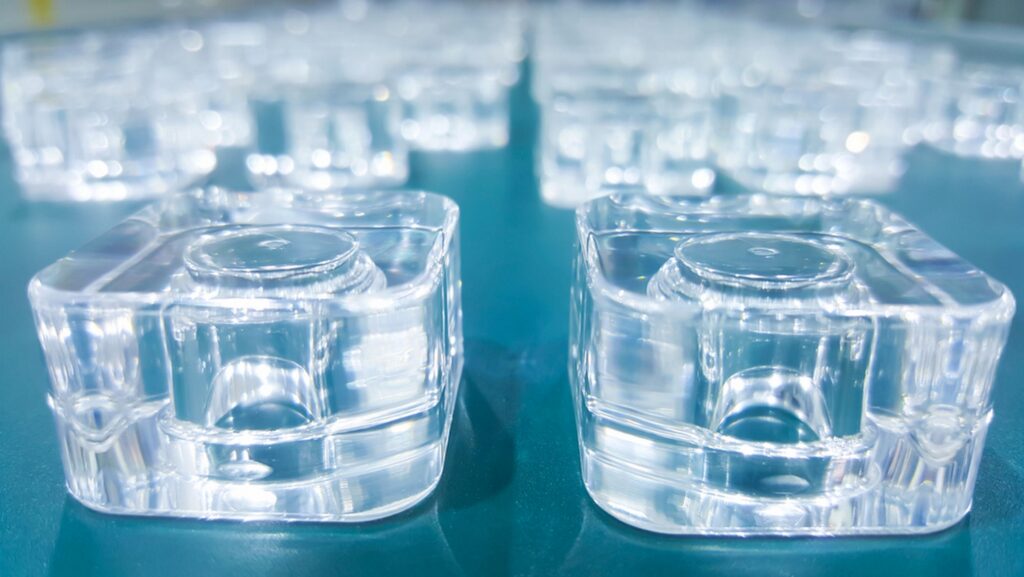
Flame, Vapor, and Solvent Polishing
Flame polishing uses extreme heat applied to the area to be enhanced to produce an optically clear finish. Vapor polishing may require the parts to be sanded and cleaned in preparation for polishing with chemical vapor. Solvent polishing uses chemicals applied to the surface to be polished, bringing out the luster of the base material.
